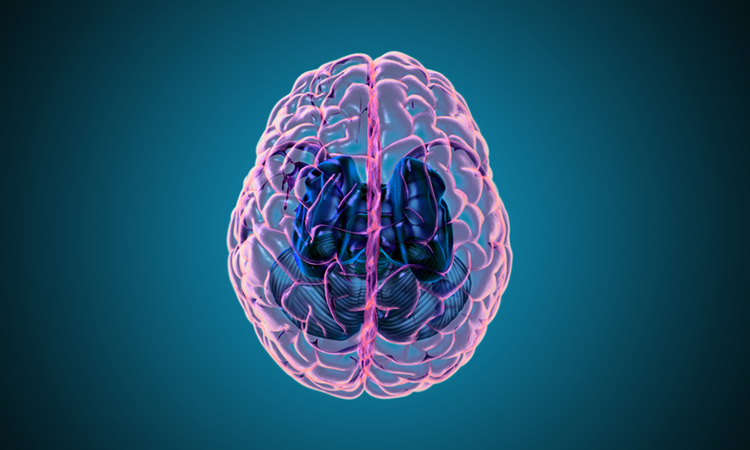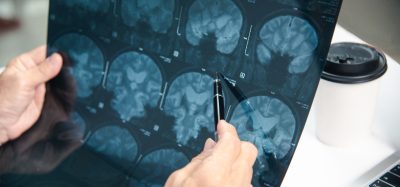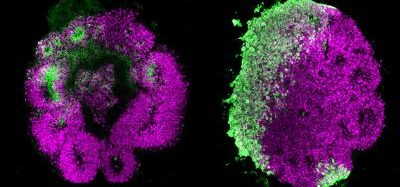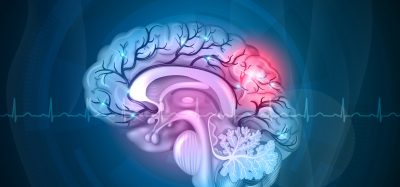Novel AI algorithm improves decoding accuracy of brain signals
Posted: 15 December 2023 | Drug Target Review | No comments yet
A new deep-learning method could enhance therapeutic devices for people with neurological or mental health conditions.


Researchers at the USC Center for Neurotechnology have developed a new, advanced deep-learning method for brain signals. It can perform real-time decoding to significantly advance neurotechnologies.
Dr Maryam Shanechi is the Dean’s Professor of Electrical and Computer Engineering and Founding Director of the USC Center for Neurotechnology. Her work involves decoding brain signals to develop brain-computer interfaces (BCIs) for treatment of neurological and mental health conditions. A BCI may move a robotic arm in real time for a paralysed patient by decoding what movement that patient is thinking about, based on brain signals, or may decode mood symptoms in a patient with major depression from their brain signals to deliver the right dosage of deep-brain stimulation therapy at each time.
Deep learning, a branch of artificial intelligence (AI), could significantly improve how accurately brain signals are decoded. However, up to this point, BCIs have largely relied on simpler computing algorithms. Shanechi said for deep-learning methods to become seamlessly applicable to real-time BCIs, they must address multiple additional challenges.
Automation now plays a central role in discovery. From self-driving laboratories to real-time bioprocessing
This report explores how data-driven systems improve reproducibility, speed decisions and make scale achievable across research and development.
Inside the report:
- Advance discovery through miniaturised, high-throughput and animal-free systems
- Integrate AI, robotics and analytics to speed decision-making
- Streamline cell therapy and bioprocess QC for scale and compliance
- And more!
This report unlocks perspectives that show how automation is changing the scale and quality of discovery. The result is faster insight, stronger data and better science – access your free copy today
Shanechi explained: “First, we need to develop deep-learning methods that not only are accurate, but also can decode in real time, and efficiently…For example, decode a patient’s planned movement from their brain signals in real time, as they are thinking about grabbing a cup of coffee. Second, we need these methods to handle randomly missing brain signals, which can occur when transmitting signals in wireless BCIs.”
Both these challenges have been addressed by Shanechi and her PhD students, Hamidreza Abbaspourazad and Eray Erturk, who developed a new deep-learning approach for brain signals. They named the method DFINE, for “dynamical flexible inference for nonlinear embeddings.” This accurately decodes brain signals while also being able to run in real time. It can also do so even when brain signals are missing at random times, which can happen in wireless BCIs.
“This work provides advanced deep-learning methods that can be used in real-world neurotechnologies because they simultaneously offer accuracy, real-time operation, flexibility, and efficiency,” Shanechi said.
Shanechi hopes to develop BCIs that are quicker, more precise, and more responsive to enhance therapeutic devices for people with neurological or mental health conditions.
This work was published in Nature Biomedical Engineering.
Related topics
Artificial Intelligence, Neurosciences
Related conditions
Depression, Mental Health, Neurological disease, Paralysis
Related organisations
USC Center for Neurotechnology








